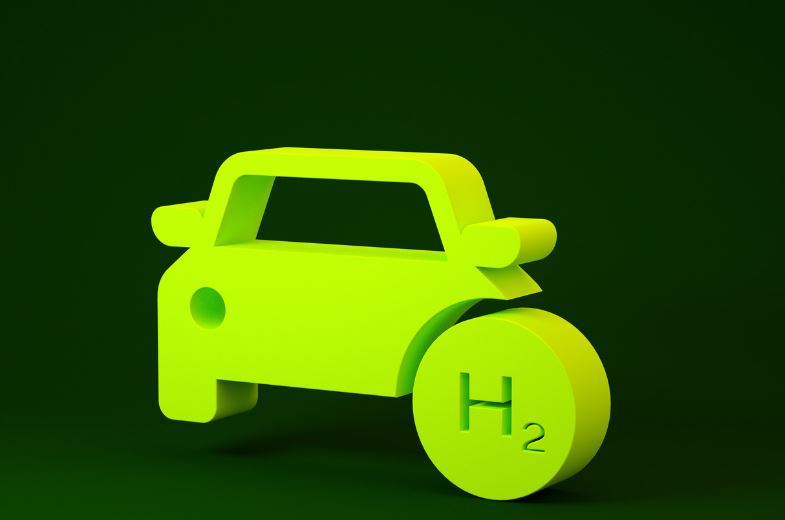Kohler Engines, a key player in the engine development realm, has launched the Direct Injection Hydrogen (KDH) engine, a groundbreaking internal combustion engine fueled by hydrogen. This move aligns with Kohler’s commitment to advancing technologies with a reduced environmental footprint and promoting sustainability.
The KDH engine introduces hydrogen technology to the KDI 2504 TCR engine, seamlessly integrating conventional combustion engine architecture while replacing diesel with hydrogen. This 74-horsepower unit maintains its existing installation, dimensions, power take-offs (PTOs), and performance metrics, transforming into a zero-carbon solution.
Kohler’s foray into hydrogen technology is a strategic response to the evolving energy landscape. Hydrogen, known for its versatility and green energy attributes, is rapidly becoming a focal point in technological advancements. Its unique characteristics, including a wide flammability range, high flame speed, low ignition energy, and high diffusivity, position it as a cleaner alternative fuel for internal combustion engines.
The combustion process in a hydrogen engine stands out for its cleanliness compared to standard diesel engines. When coupled with an aftertreatment system, Kohler emphasizes the amplified environmental benefits of the hydrogen engine, rendering it near zero-emission. Aftertreatment technology significantly reduces particulate matter, nitrogen oxides, and hydrocarbons to negligible levels at the tailpipe, aligning with stringent emission standards and reinforcing the commitment to cleaner air quality.
Kohler adopts direct injection technology, a departure from port fuel injection, ensuring the preservation of diesel engine performance, including transient response, by circumventing the backfire issue. The design philosophy behind the KDH engine is to mirror the performance of the original diesel engine, encompassing maximum power, peak and low-end torque, and transient response, thus ensuring optimal equipment productivity.
This hydrogen-powered internal combustion engine is conceptualized as a drop-in solution, offering adaptability to a diverse range of applications. Kohler’s strategic design approach aims to introduce minimal changes to the engine compartment, with the new engine maintaining the same envelope as the KDI diesel. Crucial components such as the cooling circuit, power take-off and flywheel, engine mounting points, and intake line remain unchanged. Furthermore, Kohler emphasizes that aftertreatment is not required in Stage V, streamlining the integration of this innovative engine.





